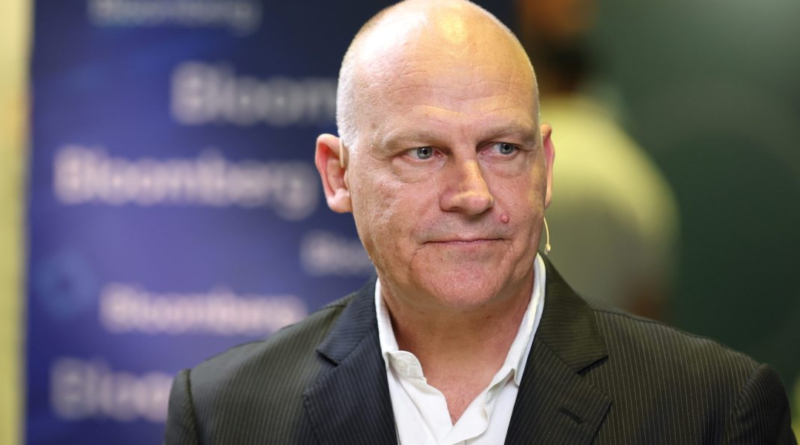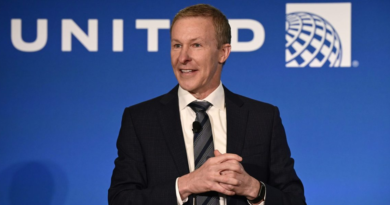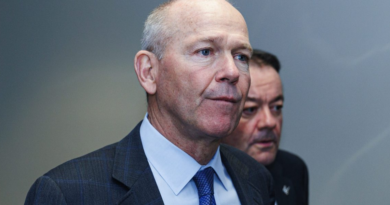The CEO of the just-privatized Air India describes how tough it was to turn around a 91-year-old airline: 'The first 6 months was really triage'
Campbell Wilson had a tough job when taking over Air India, the once-state-owned now privatized airline, back in June 2022. The airline had lost money every year since 2007, when it merged with fellow state-owned carrier Indian airlines. Estimates put the daily cost of running the carrier at 200 million Indian rupees ($2.4 million) to run each day. It wasn’t just financial troubles: Air India was infamous for poor service, dirty flights and constant delays.
“The first six months was really triage,” Wilson said during a moderated discussion at the Aviation Festival Asia 2024 held in Singapore. “We had all sorts of legacy issues to tidy up and just start building the foundation.”
Air India concluded the first phase of its transformation, titled “Taxi,” last April last year which included improvements to employee welfare, IT infrastructure upgrades, and aircraft refurbishment. Since then, the airline has also overhauled its website and released a new digital app.
Part of Air India’s transformation includes a blockbuster deal for new planes. Air India has a total of 470 jets on order from Boeing and Airbus. Wilson said deliveries of those planes have generally been on time.
Tata Sons first launched its air services as “Tata Airlines” in 1932. The carrier was rebranded as “Air India” in 1946, and India’s government took a majority stake in the airline in 1953. Frustrated with continued losses, the Modi government announced its intention to privatize Air India in 2017, eventually selling the airline back to Tata Sons for $2.3 billion in October 2021.
Tata Sons completed its acquisition of Air India in January 2022, and now plans to consolidate the airline and its low-cost arm, Air India Express, with its own carrier Vistara, a joint venture between Tata Sons and Singapore Airlines. The Singaporean carrier will get a 25.1% state in Air India when the transaction is completed in March.
Wilson said he hopes the consolidation will help create a profitable domestic market for the company, noting that the Indian airline sector was historically competitive—and usually not profitable.
But Wilson, who joined Air India after spending 26 years at Singapore Airlines in various senior roles, is optimistic about the Indian market. Wilson cited the country’s large population, increasing affluence due to strong economic growth, and a huge Indian diaspora that maintains close links with the country.
“We really don’t need to grow that much. There is a huge volume of traffic to and from India that is going non-stop. We only need to shift a couple of percentage points and we’re in a pretty good position,” Wilson said.
India expects domestic air passenger traffic to hit 300 million a year by 2030, civil aviation minister Jyotiraditya Scindia said in January. The number of airports and seaports will increase to over 200 by the end of decade, up from 149 today.




